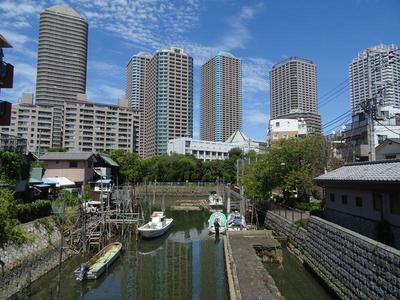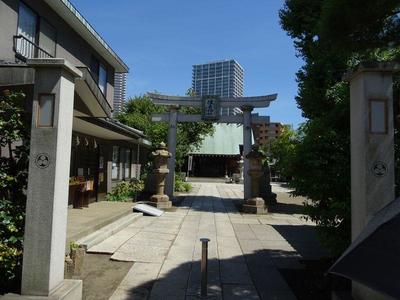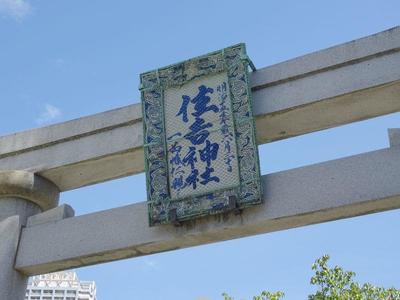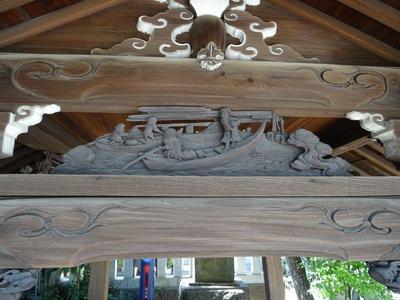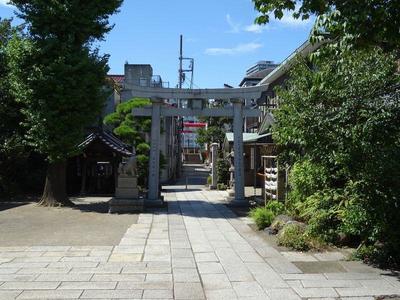Hello! Today, I would like to report on the last tuna auction tour of Tsukiji Market!
As you all know, the Tokyo Metropolitan Central Wholesale Market Tsukiji Market in Tsukiji, Chuo-ku will close at the end of October 6 this year, and its function will move to Toyosu Market in Koto-ku.
Meanwhile, the tour of the tuna auction, which has become popular among foreign tourists in recent years, ended on September 15th.
I wanted to go to the tour once before the closing, so I heard the last information on September 15 and rushed in.
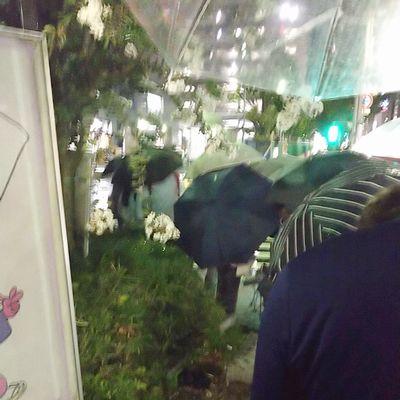
By the way, the tuna auction tour is divided into two groups around 6:00 am, and the tour is accepted at 5:00 am.
It is not a pre-reservation system, so if you want to visit, you need to wait in front of 5:00 in the morning, it is quite hard.![]()
However, I started to line up on this day at 23:00 pm on the 14th the day before! ・... I really wanted to go to the tour on the morning of the 14th, so I visited around 4 o'clock in the morning, but on that day, "The people who lined up at 2 o'clock in the morning reached the capacity, so the reception was closed I failed to challenge ... "The last day will be closed when the date changes ...!"
When I entered the line, about 20 people were already lined up. While it rains, hold your umbrella and wait still.
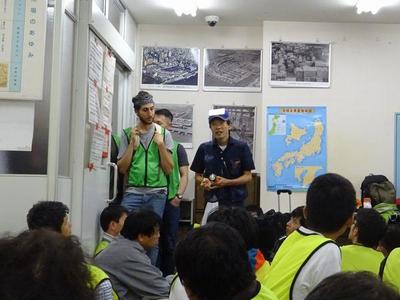
After a while after the date changed, the number of people lined up increased, so the reception started and I had them pass through the room of the facility.
After that, I wait at the physical education seat and light up the night. It was good because I was able to survive the rain, but it was a very good training.![]()
Perhaps it was 4:00 am, a wholesaler came to explain the tuna auction in Tsukiji Market. There are many foreigners, so the explanation is English. I answered English questions exactly in English, and they responded wonderfully!
After that, I finally leave the room before six in the morning. When I went out, it was quite bright.
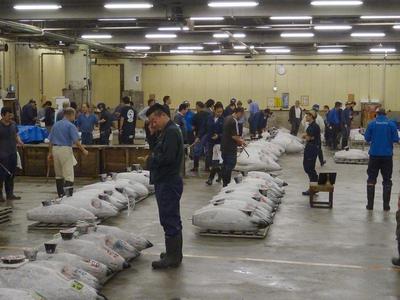
After entering the building of the racetrack, it was finally a long-awaited tour.
Inside, I was able to see the frozen tuna lined up in a row in the same space up close.
And over time, buyers gathered one after another.
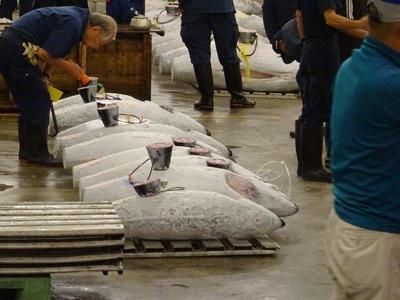
You can see something in a conical shape on each tuna, but this is a cut off the tail to check the quality of the tuna, and buyers use this part with a Kama to check the quality. Shake the body and pick it up or illuminate it with a flashlight to check the quality.
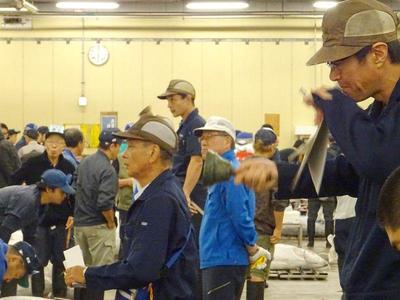
After 6 o'clock, when the seller ringed the bell, the auction began, and voices shouting at prices all over the venue were heard. The auction progressed steadily while showing the price with your fingers, so I couldn't keep up as a general visitor, but I was able to experience a unique atmosphere.
According to what I heard, a tuna auction tour will be held at Toyosu Market, where the relocation site is located. However, it seems that there will be a passage and space dedicated to visitors, so it is undeniable that the tour can be done safely and with little trouble, but it will be "from outside". It was a very valuable experience to be able to visit the auction site from the inside at Tsukiji!
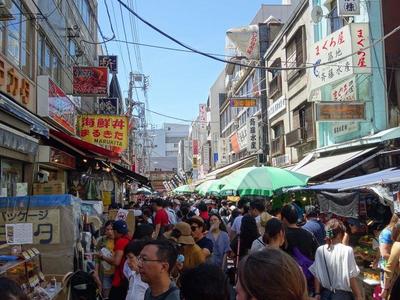
By the way, Tsukiji Market will close soon, but the city of Tsukiji itself should be enjoyed in the future! I think so.
The Tsukiji Outer Market, which was formed around the Tsukiji Market, remains at its current location, and is powering up by adding Ningro's Tsukiji Fish Bank. I think it will not only continue to be a place for buyers to purchase, but also serve as a base for disseminating Japanese food culture to those who come to sightseeing. (The photo shows the Tsukiji Outer Market.)
In addition, the city of Tsukiji has many other attractions besides the market. Tsukiji Honganji Temple, which has a unique main hall that combines ancient Indian style and Japanese temple architecture style, prewar wooden architecture that remains in various places, and many historical sites related to Christianity in Akashicho.
